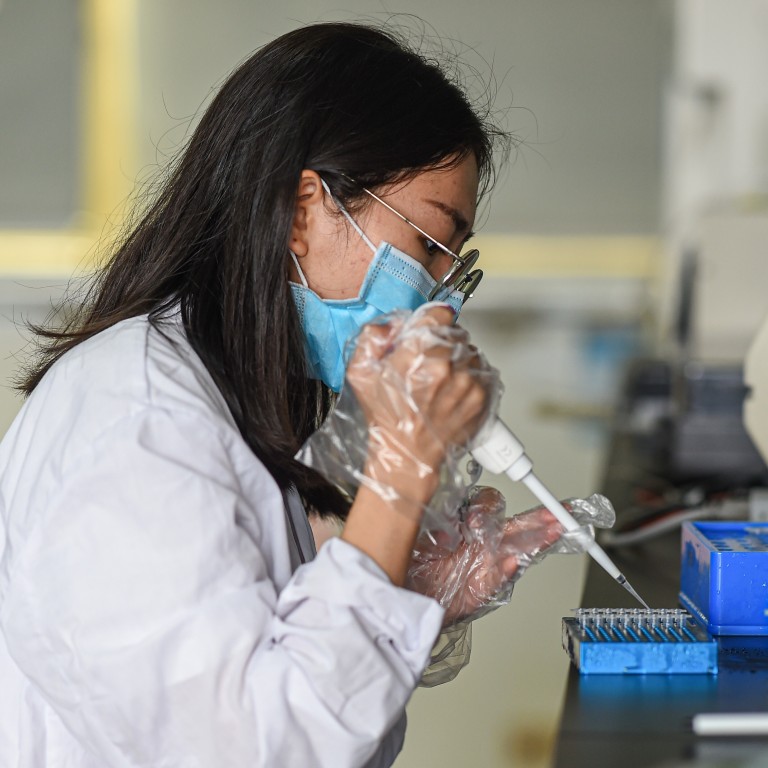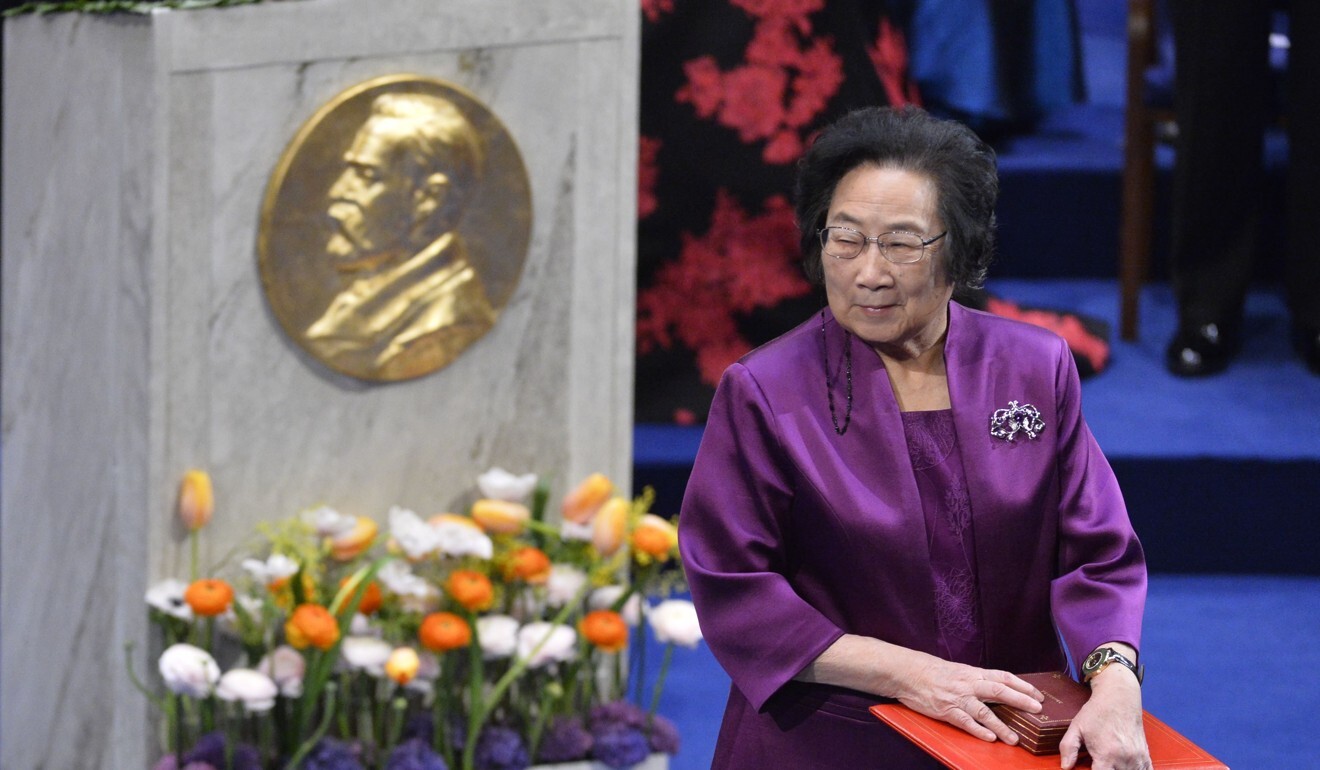
Gender equality: China will give female scientists priority in recruitment and research funding, provided they meet the mark
- While women in China are widely educated with a high labour force participation rate, top-level science jobs still tend to be dominated by men
- Age limits will be eased for women for talent programmes, and research projects will give more time for female researchers who have been on maternity leave
Female researchers will be given priority for talent recruitment and research funding grants, provided they are just as good as their male counterparts, according to a recent policy statement by China’s Ministry of Science and Technology (MST).
Age limits will be eased for women in talent programmes while research projects will be extended for female researchers who have been on maternity leave, according to a June document jointly issued by the ministry and 12 other authorities, which was made public on Monday.
When the Chinese Academy of Sciences (CAS) and Chinese Academy of Engineering (CAE), the country’s two top science institutions, recruit new academicians, “more females should be nominated” and “approved first if they are as excellent as their male counterparts”, according to the document.
While women in China are widely educated with a high labour force participation rate, thanks to the country’s nine-year compulsory education strategy, top-level science jobs still tend to be dominated by men.
In 2019, 49 per cent of all college degree holders were women, but female representation among academicians at CAS and CAE was only 6 and 5.3 per cent respectively, according to the National Bureau of Statistics and MST.
Meanwhile, Nobel Prize winner Tu Youyou, a renowned traditional Chinese medicine specialist, has failed to receive the prestigious “academician” title several times.

China, which aims to become a science and technology powerhouse by 2050, started to address the gender gap in 2011 when the MST and the National Women’s Federation jointly issued a policy to boost the career development of women in science and technology.
That year, the National Natural Science Foundation of China increased the age limit for women applying to its Young Scientist Fund from 35 to 40, while that for men remained at 35.
Raising the age bar in 2011 saw the percentage of women applying for the grant increase from 37 per cent to 48 per cent, and about one third were aged between 36 and 40, but a female scientist’s chance of winning one of these grants declined slightly, from 21 per cent in 2010 to 19 per cent in 2016.
In comparison, a man’s chance of success rose to 26 per cent from 24 per cent, according to a 2018 study by several Chinese researchers published in Nature.
China set to pass US on research and development spending by 2025
“It is hard to pin this on discrimination, differences in application styles or other reasons. We did observe that the success rate of women applicants aged 36–40 is lower than that of younger women. Despite this, more women are now receiving these awards,” the authors wrote at the time.
She said that sexism in science can be more serious in China than in the US because of cultural issues.

